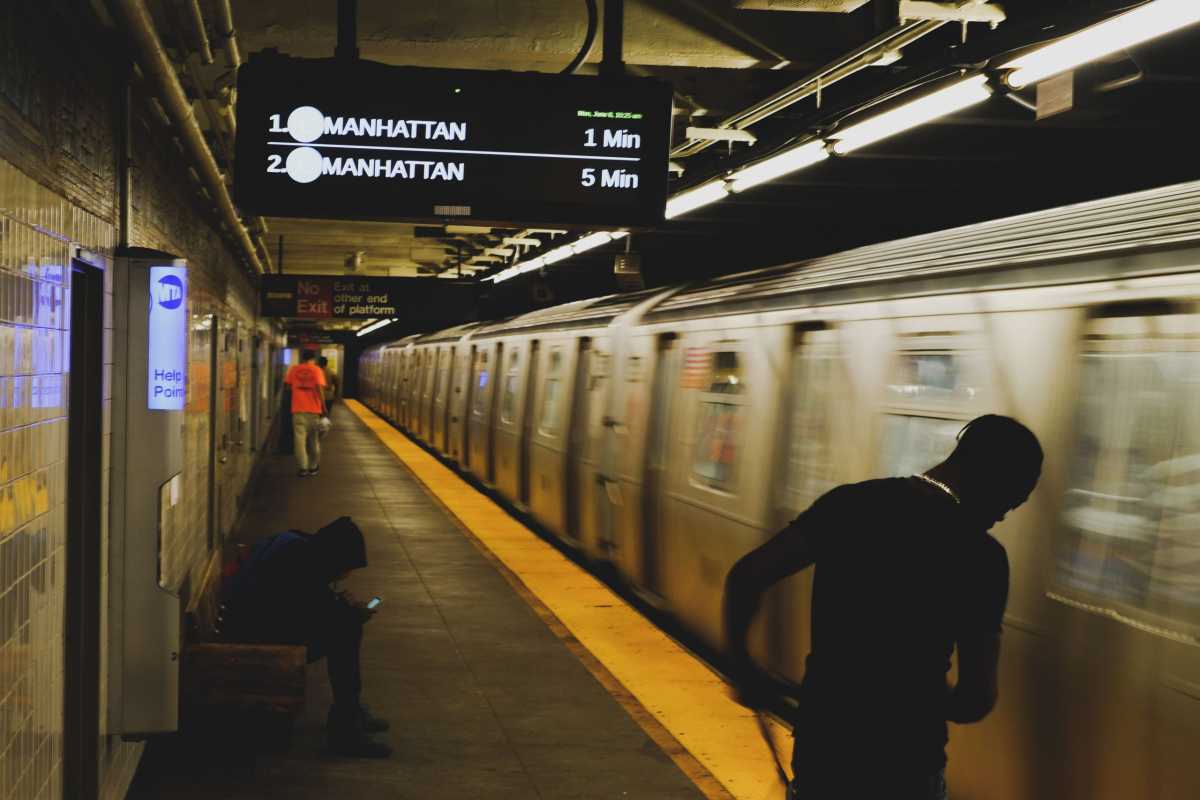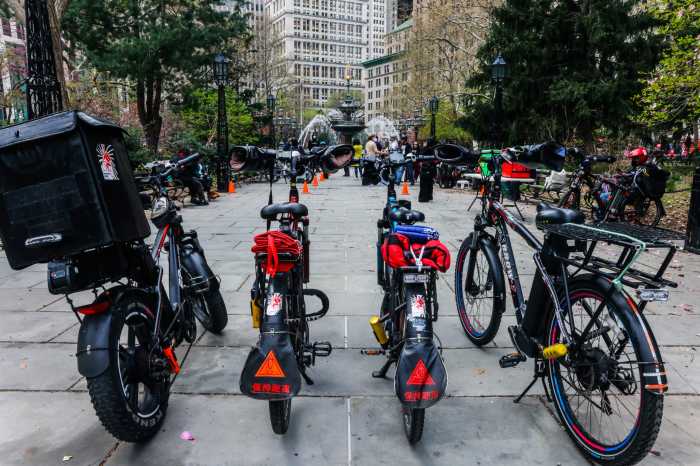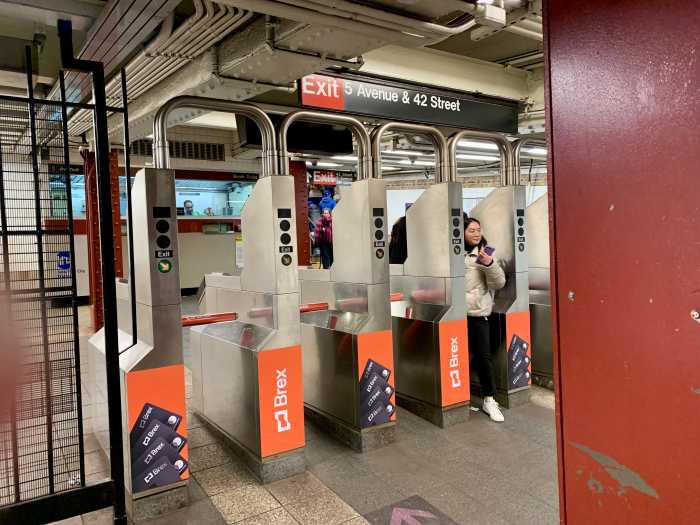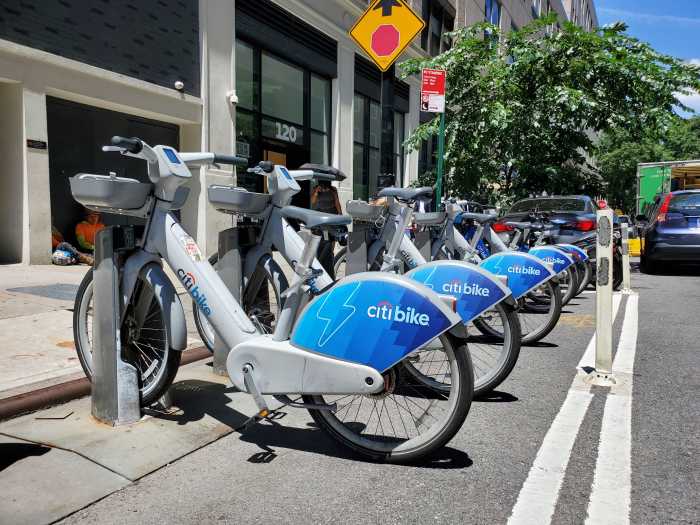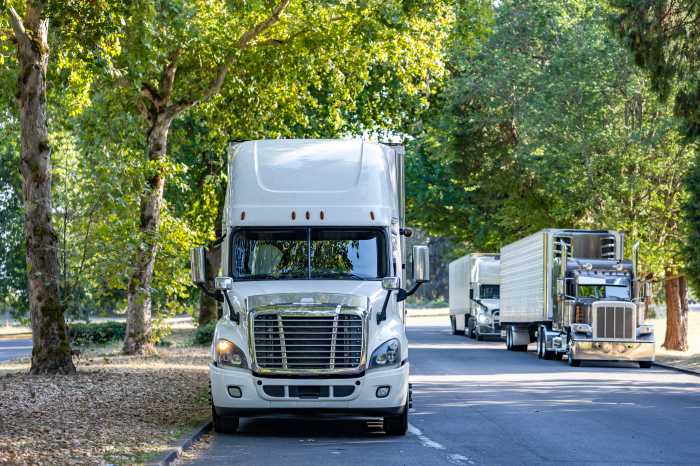As Governor Andrew Cuomo made the display of putting his own skin on the line by rolling into Grand Central Terminal on the subway on the first day of New York City’s reopening.
With this vote of confidence in the MTA’s efforts to sanitize the trains and station in an effort to coax commuters back to rail as the COVID-19 crisis continues to subside, Cuomo and the transit agency are looking for opportunities in a system still recovering from a 92% drop in ridership.
In the interim before riders can feel confident returning to trains, Cuomo plans to push $2 billion in projects forward from beginning the rehabilitation of the Rutgers Tube, which serves the F train, to accelerating Americans With Disabilities Act accessibility at 11 stations.
“New York City and the MTA are reopening, and today I took a ride on the 7 Train because if the subway isn’t safe for me, then I wouldn’t ask anyone else to go on the subway,” Cuomo said in a statement. “The MTA has done phenomenal work – the subway cars are cleaner than they have ever been in my lifetime and they are disinfecting the cars every single day. And during this period of reduced ridership, the MTA has also smartly increased their construction so fewer riders were inconvenienced and accelerated $2 billion in capital projects.”
During his Monday press conference, Cuomo detailed that train cars had undergone over 500,000 cleaning cycles since the May 6.
But how are rider feeling about getting back on the subway?
The Tri-State Transportation Campaign attempted to answer that very question when they surveyed over 1,000 straphangers on MTA, NJTransit, PATH, the Port Authority Transit Corporation Speedline and the Southeastern Pennsylvania Transportation Authority on the requirements that would make trust mass transit once again.
“Riders’ asks were sensible, actionable, and in line with the science as we know it,” Nick Sifuentes, Executive Director of Tri-State Transportation Campaign said. “While it’s clear that crowded housing, employers’ failure to provide paid sick leave, and workplaces with poor safeguards have been the primary drivers of infection, and not transit, many riders will need to feel that their buses and trains are safe again before they come back. And for those essential workers who have been riding transit this whole time, the least we owe them is safer transit. These recommendations are a roadmap for how to get there.”
Here is breakdown of the survey results, which can be found here:
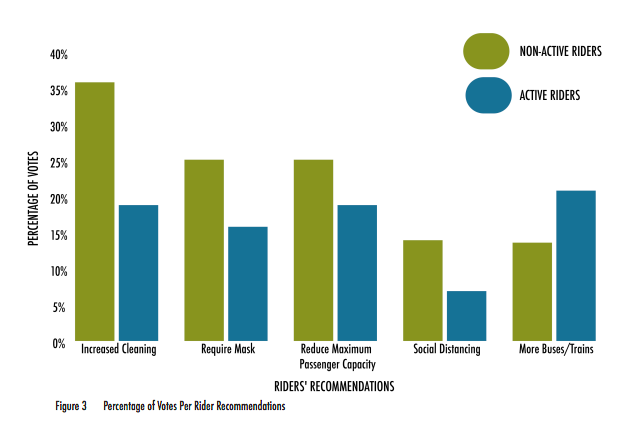
But trains and platforms were hardly deserted on the day of the first phase of the reopening.
Nearly all riders had masks and platforms of Court Square Station in Long Island City saw plenty of commuters milling back and forth. Police had a presence at some stations distributing hand sanitizer manufactured by the state government and promoting hygiene among riders.
While the MTA has called for help from the city to establish 60 miles dedicated bus lanes in recent days in anticipation of accommodating straphangers, the city budged by announcing 20 miles and making the 14th Street busway permanent.
“Look, more service equals less crowding equals more health and safety. That’s what we want to achieve. There will be five new busways in New York City. Just like the success we’ve seen on 14th Street, Manhattan, we’re going to add five new busways. They will be launching on an urgent basis,” de Blasio said.
According to the Tri-State Transportation Campaign survey, one of the top five requests were for more buses and more service overall.



